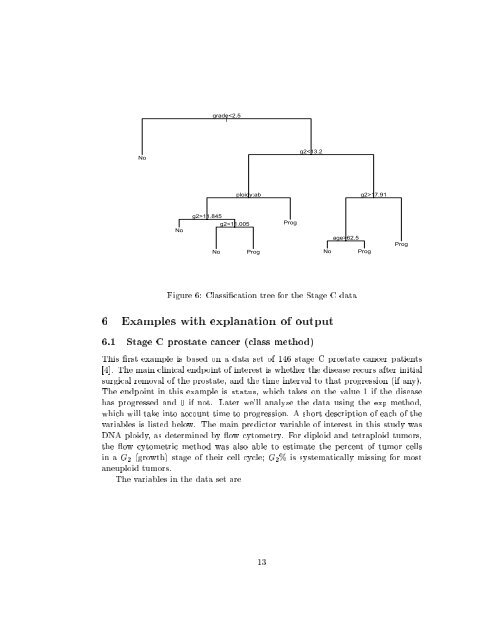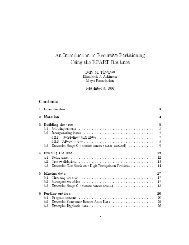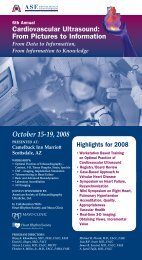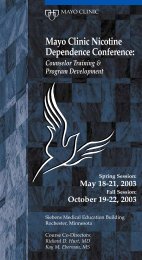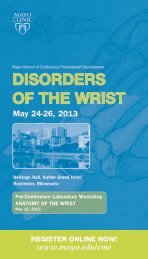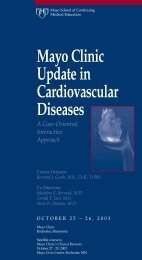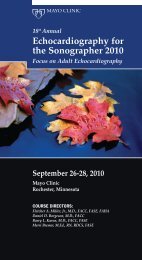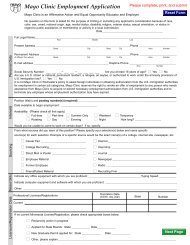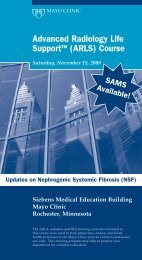An Introduction to Recursive Partitioning Using the RPART Routines ...
An Introduction to Recursive Partitioning Using the RPART Routines ...
An Introduction to Recursive Partitioning Using the RPART Routines ...
You also want an ePaper? Increase the reach of your titles
YUMPU automatically turns print PDFs into web optimized ePapers that Google loves.
grade11.845<br />
g262.5<br />
Prog<br />
Prog<br />
Figure 6: Classication tree for <strong>the</strong> Stage C data<br />
6 Examples with explanation of output<br />
6.1 Stage C prostate cancer (class method)<br />
This rst example is based on a data set of 146 stage C prostate cancer patients<br />
[4]. The main clinical endpoint ofinterest is whe<strong>the</strong>r <strong>the</strong> disease recurs after initial<br />
surgical removal of <strong>the</strong> prostate, and <strong>the</strong> time interval <strong>to</strong> that progression (if any).<br />
The endpoint in this example is status, which takes on <strong>the</strong> value 1 if <strong>the</strong> disease<br />
has progressed and 0 if not. Later we'll analyze <strong>the</strong> data using <strong>the</strong> exp method,<br />
which will take in<strong>to</strong> account time <strong>to</strong> progression. A short description of each of <strong>the</strong><br />
variables is listed below. The main predic<strong>to</strong>r variable of interest in this study was<br />
DNA ploidy, as determined by ow cy<strong>to</strong>metry. For diploid and tetraploid tumors,<br />
<strong>the</strong> ow cy<strong>to</strong>metric method was also able <strong>to</strong> estimate <strong>the</strong> percent of tumor cells<br />
in a G 2 (growth) stage of <strong>the</strong>ir cell cycle G 2 % is systematically missing for most<br />
aneuploid tumors.<br />
The variables in <strong>the</strong> data set are<br />
13


